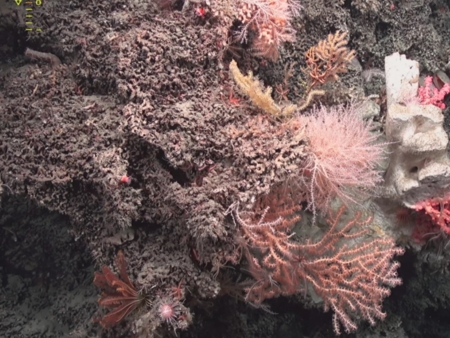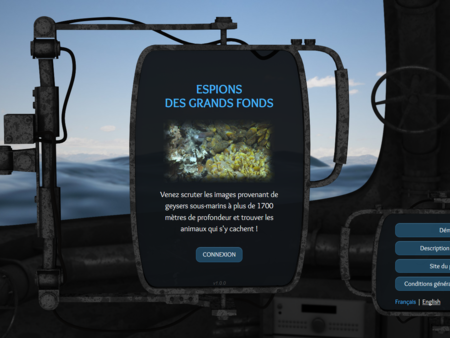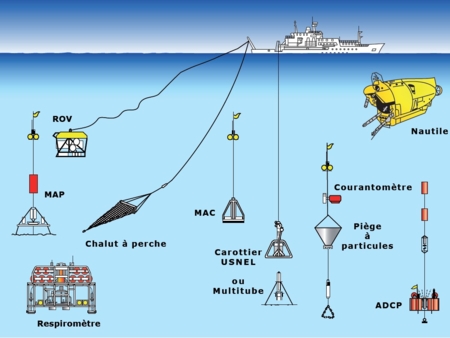A step towards measuring connectivity in the deep-sea: elemental fingerprints of mollusk larval shells discriminate hydrothermal vent sites
Paru dans Biogeosciences
Mouchi, V., Pecheyran, C., Claverie, F., Cathalot, C., Matabos, M., Germain, Y., Rouxel, O., Jollivet, D., Broquet, T., Comtet, T. (2024).
Deep-sea hydrothermal-vent systems are under investigation for base and precious metal exploitations. The impact of mining will depend critically on the ability of larval dispersal to connect and replenish endemic populations. However, assessing connectivity is extremely challenging, especially in the deep sea. Here, we investigate the potential of elemental fingerprinting of mollusc larval shells to discriminate larval origins between multiple hydrothermal sites in the Southwest Pacific Ocean. The gastropodShinkailepas tollmannirepresents a suitable candidate as it uses capsules to hold larvae before dispersal, which facilitates sampling. Multielemental microchemistry was performed using cutting-edge femtosecond laser ablation Inductively Coupled Plasma Mass Spectrometry analysis to obtain individual measurements on 600 encapsulated larval shells. We used classification methods to discriminate the origin of individuals from 14 hydrothermal sites spanning over 3,500 km, with an overall success rate of 70%. When considering less sites within more restricted areas, reflecting dispersal distances reported by genetic and modelling approaches, the success rate increased up to 86%. We conclude that individual larval shells register site-specific elemental signatures that can be used to assess their origin. These results open new perspectives to get direct estimates on population connectivity from the geochemistry of pre-dispersal shell of recently settled juveniles.










